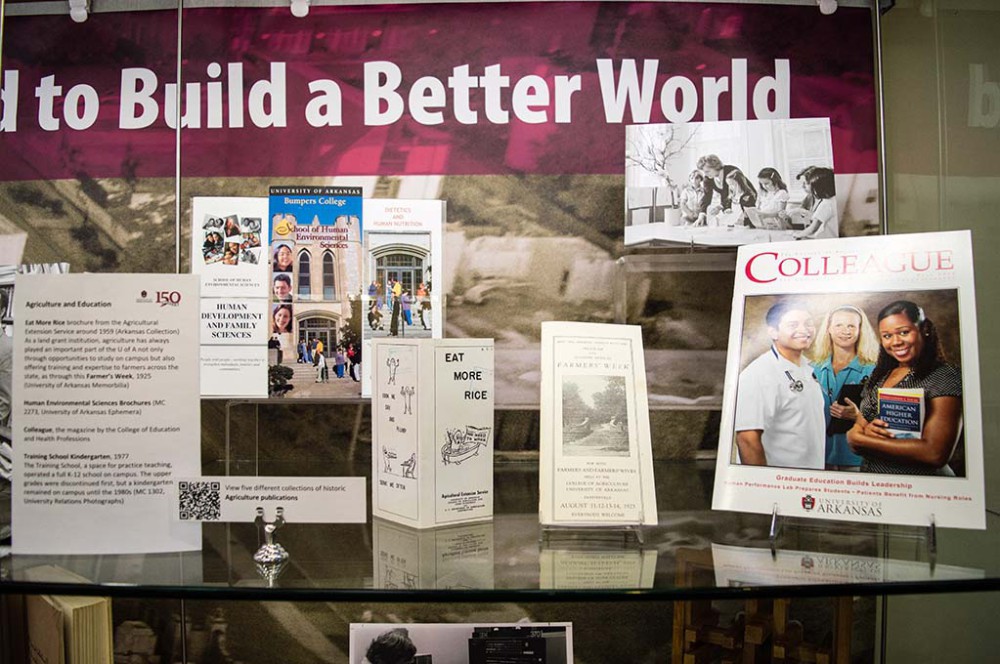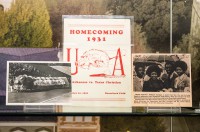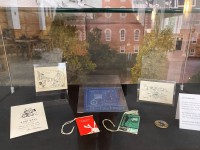University of Arkansas 150 Years
This exhibit was part of the campus wide celebration for the University of Arkansas Sesquicentennial.

In 2021, the University of Arkansas celebrated the 150th anniversary of the legislation passed on March 27, 1871, establishing the Arkansas Industrial University (later changed to the University of Arkansas). With over 100 individual items, this exhibit gives a glimpse into the past 150 years, both triumphs and challenges. The sesquicentennial celebration was guided by campus-wide working groups.
This exhibit was a project of the University History Working Group, who suggested themes, people, places, and events important in University of Arkansas history. The exhibit was then curated by University Archivist, Amy Allen, using primarily documents, photographs, and items from the University Libraries Special Collections with a few items on loan from the University Museum. The exhibit used the campus-wide themes: Determined to Build a Better World, Home on the Hill, Life-Changing Opportunities, and Razorbacks.
A few highlights from the exhibit include a photo of the first black president of the Board of Trustees, Joseph Carter Corbin, from 1873 and tuition receipts in the Beginnings section. Another section presents items and photographs representing places on campus, including among others Old Main, Spoofer’s Stone, Senior Walk and buildings designed by famed architect Edward Durell Stone. Student life is prominently featured with student groups, student publications, such as the BAD Times and the X-Ray, dorms through the decades, and campus celebrations, including a photo of the first black homecoming maids, invitations to Agri Day and Engineer’s Day, and Black Awareness Week program. The section on Razorback Athletics features notable students and coaches, including Ruth Cohoon, Nolen Richardson, and John McDonnell. A section on teaching and research highlights notable faculty, such as Hilary Clinton and Gordon Morgan and includes items such as Uncle Walt’s Newsletter, notebooks from reporter Roy Reed and a model by architect Fay Jones. The exhibit provides a way to learn from the past in order to move toward a brighter future.
(Click thumbnail image to enlarge.)




